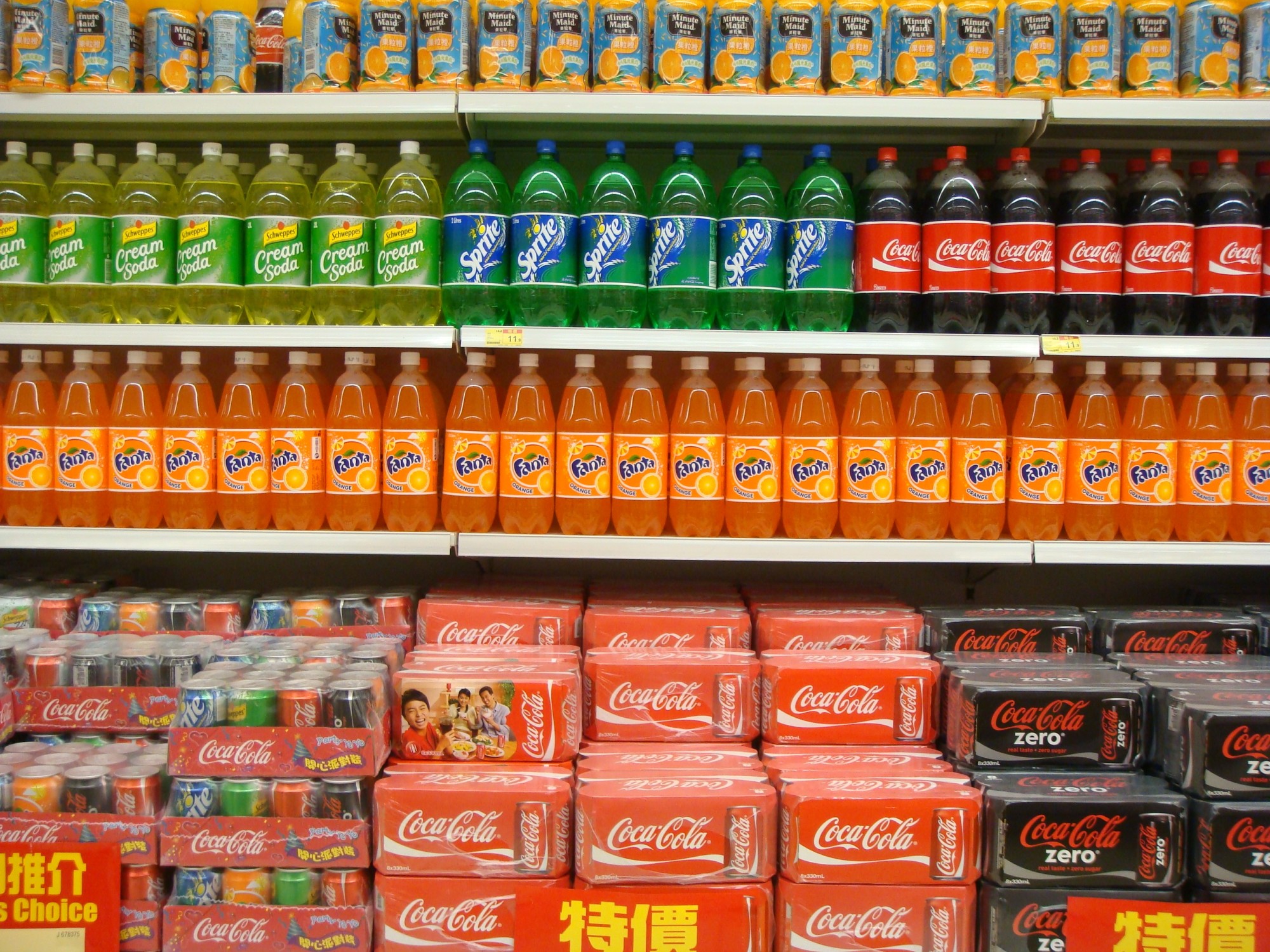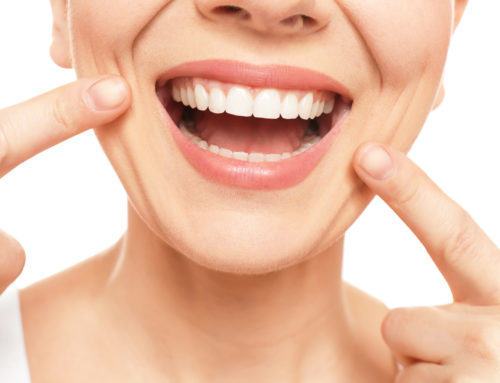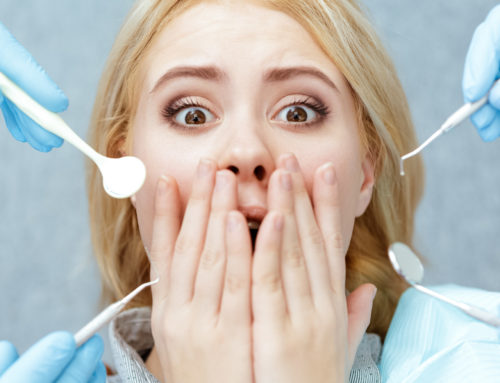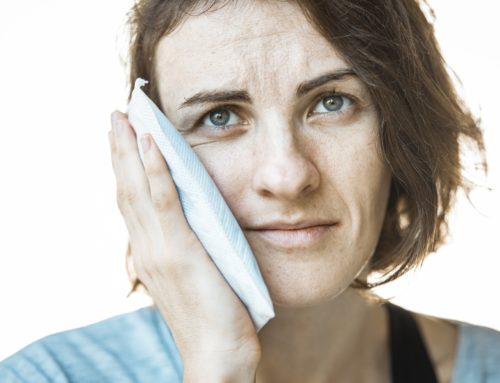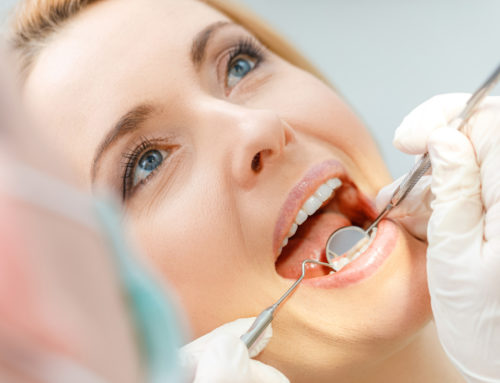Which do you love more, your soda or your teeth? Do you really have to choose?
In 2018, on average, Americans drank 38.87 gallons of soda per person. The good news is that this shows a decrease from 53 gallons in 2000. Of note, 50% of the survey respondents stated they drank soda many times a week, if not daily.
Also, did you know that every year, 21.4% of 2 to 5-year-olds have cavities? This number rises as children get older. The CDC also reports that 21.4% of 6 to 11-year-olds and 53.8% of 12 to 19-year-olds develop cavities yearly.
Continue reading this article to find out how soda and teeth problems are related.
What’s the Real Story About Soda and Sugar?
The Voices for Healthy Kids reports that the “prevalence of soda consumption fell, but consumption of nontraditional sugar-sweetened beverages rose among all (ages 2 and higher).” Yet, Americans over the age of 1 still consume, on average, 171 kcal every day from sugar-sweetened beverages (SSB). The most common SSB sources were soda, fruit drinks, tea, coffee, energy/sports drinks, and flavored milk.
Super-sizing is one contributing factor to high soda consumption. In 1955, a McDonald’s cup of Coca-Cola was seven ounces. Today, a child-size Coca-Cola is 12 ounces and a medium-size is 21 ounces.
What Happens When Soda and Teeth Spend Time Together?
So, what is the big deal about drinking sodas? The answer is that it harms your teeth and contributes to other health problems.
The amount of sugar in sodas in detrimental, but the sugar itself doesn’t cause tooth damage. Your mouth is full of bacteria. Bacteria thrives on sugar.
When the bacteria eats the sugar, it creates an acid that breaks down the enamel on your teeth. In addition, soda itself is very acidic. When you combine the acid from the soda with the acid produced by the bacteria, your teeth are fighting for their lives.
In fact, every time you take a sip of soda, a new acid attack begins on your teeth. This individual attack lasts about 20 minutes. The next sip starts the next 20-minute attack.
These repeated and overlapping acid attacks weaken the tooth enamel. This leads to increased tooth decay and cavities.
Signs You May Have a Cavity
There are several signs that can alert you to a possible cavity. New onset of temperature sensitivity or pain in a tooth when biting down. Trouble with bad breath or a bad taste in your mouth.
Also, swelling of your gums or blood when you brush your teeth. And dark spots, cracks, or holes on your teeth.
These signs may mean that you have a cavity. It’s time to see your dentist.
How Can You Decrease Your Dental Risk?
There are several strategies you can employ to improve your dental health.
Juices and Flavored Water
Try drinking flavored water or fruit juices as these are usually lower in sugar. Beware, though, and check the label for sugar content. You may be surprised by what you find.
Avoid citric acid. Did you know the orange juice can decrease your amount of tooth enamel by 84%? Detergents add citric acid for its abrasive property that cuts through those tough stains.
“Moderation in All Things”
The mid-19th-century proverb says, “moderation in all things”. This lesson can be applied to your drink consumption. Go ahead and enjoy a soda or some orange juices on occasion.
Try to avoid frequent consumption. Ideally, brush your teeth or rinse with a mouth wash after drinking these high sugar drinks. This will take the sugar away from the bacteria.
What to Do
Eat food when drinking sodas. This stimulates more saliva in your mouth. The saliva helps to break down the harmful acids from the soda and bacteria.
Use a straw when drinking sodas. Put the end of the straw in the back of your mouth and swallow the soda right out of the straw. This decreases the amount of soda that comes in contact with your teeth.
Be sure to brush your teeth at least twice a day and floss once a day. This is your number one weapon in the fight to save your enamel. It gets the sticky soda syrup and sugar off your teeth and stops the bacteria in their tracks.
What Not to Do
Avoid sipping on sodas throughout the day. This provides a constant sugar bath on your teeth. You are creating an all-you-can-eat buffet for the bacteria.
Also, remember that every sip starts a 20-minute acid attack on your teeth. Over time, your tooth enamel will lose the battle. Then you will be in the dental chair for dental repair.
One of the worst things you can do is drink soda before you go to bed. The most tooth damage happens while you sleep. This gives the bacteria a long, uninterrupted time to chow down on the sugar left on your teeth.
This may sound odd, but don’t brush your teeth right after you drink a soda. It’s best to wait for about an hour. Following this practice will decrease the risk of more damage to weak enamel.
Are You Reluctant to Give Up the Fizz?
No one is telling you that you can’t ever drink soda again. The goal is to help you understand why putting soda and teeth together without caution can cause harm. Go ahead and have that soda but do so responsibly.
Having healthy teeth is more comfortable and pleasant. You get the first set of teeth for free. The next set will cost you time and money.
If you dislike visiting a dentist, you may find the experience different at The Willow Creek Way. We begin by learning about you, your likes and dislikes, and any fears or anxieties. We want you to be as comfortable as possible.
We provide comprehensive dental health exams and teach you about oral health. You make informed decisions about what care will work best for you. Together we develop an individualized plan of care.
Contact us today to ask questions and make an appointment.
